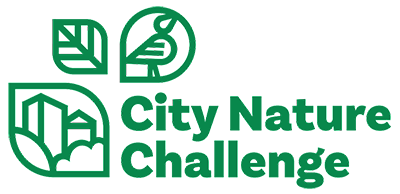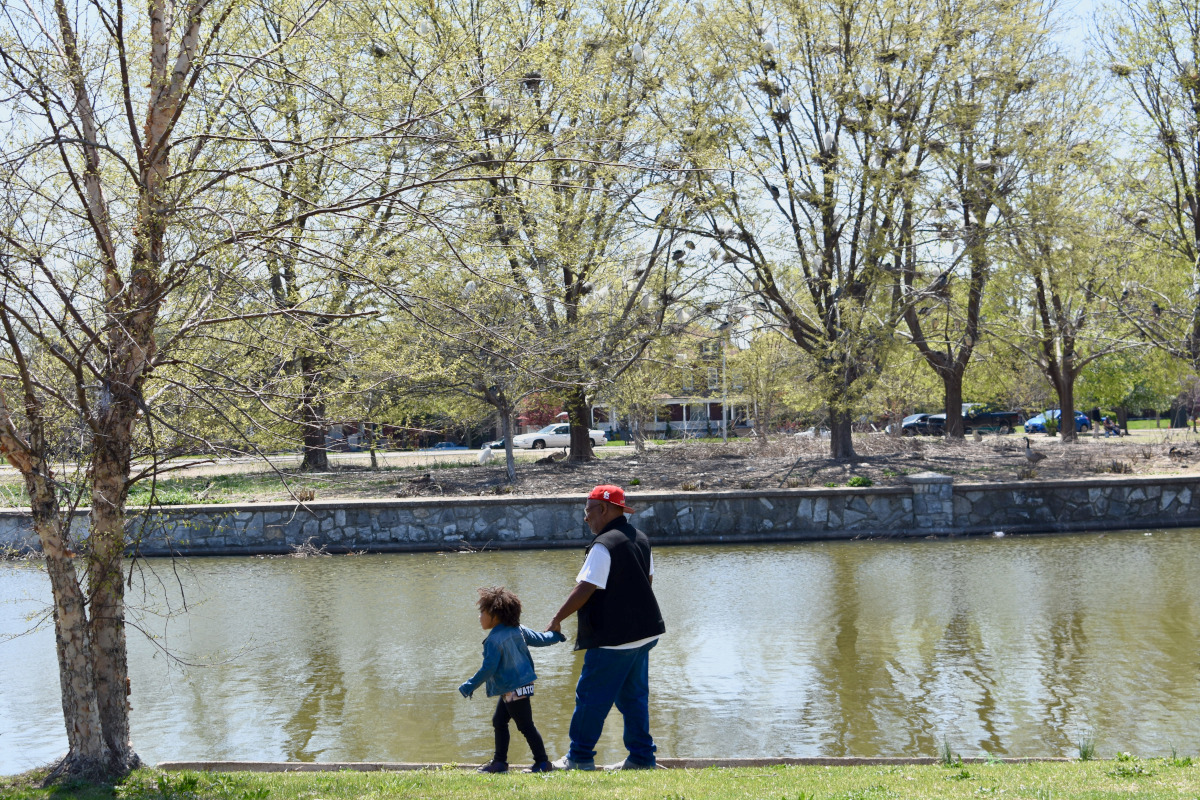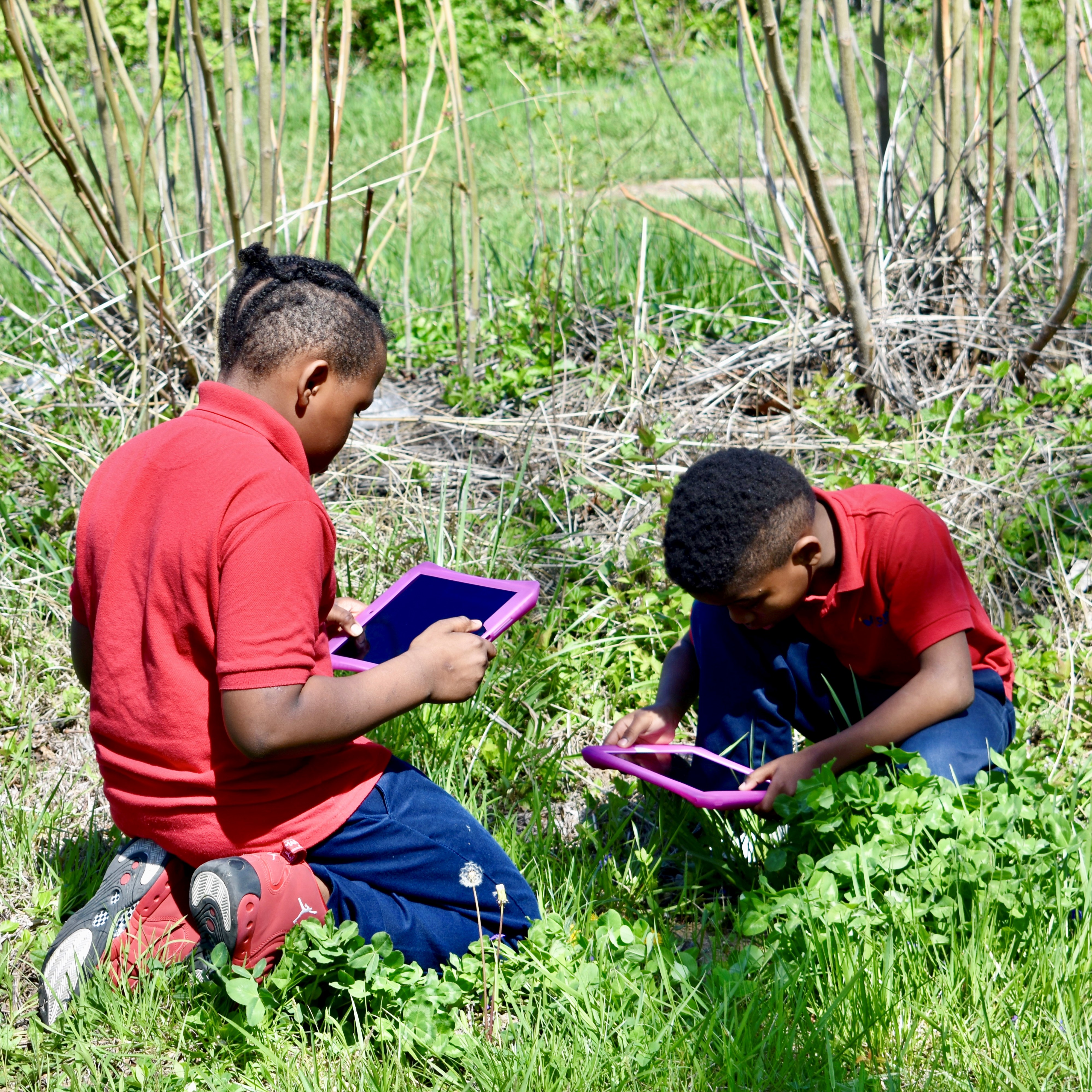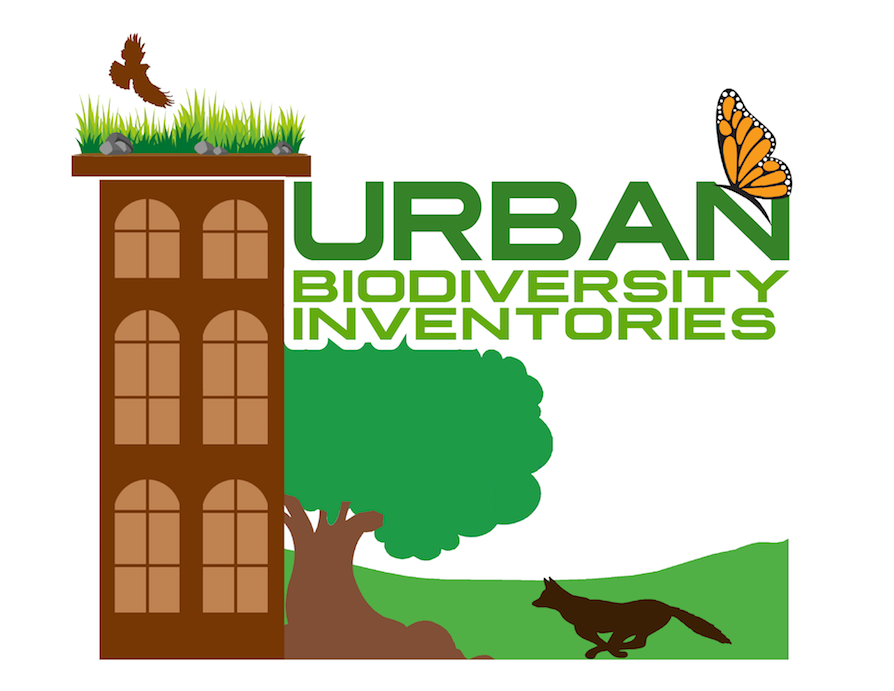City Nature Challenge - St. Louis
The City Nature Challenge is a fun competition that offers a terrific opportunity to connect with nearby nature.
Overview
Perhaps now more than ever, connecting with nature is important to our health and well-being.
It is well-documented that time spent connecting to nature is important for people's health and well-being. The global City Nature Challenge is an annual opportunity for individuals in urban areas to compete with other cities around the world by making observations of plant and animal life. An overarching objective is to celebrate connections with nature, and the global challenge encourages (1) as many people to make (2) as many observations of (3) as many species of wild plants, birds and animals as possible during the City Nature Challenge period.
Join the St. Louis City Nature Challenge!
Challenge Dates
 The global City Nature Challenge is held April 25-28, 2025. A special STL Region City Nature Challenge website automatically collects the regional data entered on those days. Before and after the global challenge, we hope you will explore the flora & fauna around your porch or backyard, or just observe birds and other wildlife out a window.
The global City Nature Challenge is held April 25-28, 2025. A special STL Region City Nature Challenge website automatically collects the regional data entered on those days. Before and after the global challenge, we hope you will explore the flora & fauna around your porch or backyard, or just observe birds and other wildlife out a window.
The Free App
To get started, download iNaturalist, which is the recommended app on your smart phone. Additional guidance and details are listed below, as well as upcoming virtual events and support opportunities.
- Android Phones: Download the free iNaturalist app from Google Play
- iPhones: Download the free iNaturalist app from the App Store
GeoPrivacy Considerations
If you would like to restrict access to a specific address, indicate "Obscured" on iNaturalist when uploading photos from your home. This will indicate a general area but not the specific address. If you indicate "Private" only you will see the observation, and it will not count.
Wild Species Are Preferred
 Flora such as plants and trees that were planted in a yard should be noted as "Cultivated" in iNaturalist. Fauna such as pets should be noted as "Captive" in iNaturalist. Please do not upload photos of people.
Flora such as plants and trees that were planted in a yard should be noted as "Cultivated" in iNaturalist. Fauna such as pets should be noted as "Captive" in iNaturalist. Please do not upload photos of people.
Urban Biodiversity
In addition to being fun, a reason to get outside, and a wonderful educational opportunity, the City of St. Louis uses the City Nature Challenge as a way to help build the City’s Urban Biodiversity Inventory through citizen science observations. Information - such as photos taken on your smartphone - that is entered on iNaturalist can be used as an indication of where species are living at a given point in time. The iNaturalist observations collected before, during and after the City Nature Challenge will still be valuable pieces of the St. Louis region's biodiversity data. See below for links to the iNaturalist Projects.
How to Participate
While the City Nature Challenge is held during late April-early May, the iNaturalist app is available year-round to help people make and identify nature sightings. The suggested first step is to download the free iNaturalist App at iNaturalist.org, as it is the easiest way to participate (check the Participant Guide for additional methods).
If you would like to look for species that have a strong chance of being observed during the City Nature Challenge period, considering using the FIELD ID sheets at home or in open places like City Parks.
Observe and Track Species with iNaturalist

Wildlife Viewing Tips: Here are Top 10 Tips for Observing Wildlife, recommended by the Missouri Botanical Garden and Saint Louis Zoo.
Using iNaturalist: To learn more about noting species observations with the free Naturalist app, check out these resources:
- Graphic Document: iNaturalist "how to"
- Short Video (1.5 minutes): How to make iNaturalist observations
- Short Video (2.5 minutes): How to do iNaturalist identifications
City Nature Challenge and Nature ID Resources
The City of St. Louis and its partners at the Missouri Botanical Garden, Missouri Department of Conservation and Saint Louis Zoo have developed Springtime Field ID Reference Photos to help people know what species of flora and fauna tend to be active in St. Louis habitats.
- Additional information and details are included in a City Nature Challenge-St. Louis Participant Guide, developed by the Missouri Botanical Garden.
- The Missouri Botanical Garden also developed educational resources for the City Nature Challenge-St. Louis:
- an Educator Guide to support classroom citizen science efforts
- a Scout Leader Guide to support informal educational programs
- The Great Rivers Greenway (GRG) District has compiled a number of suggestions and citizen science tools for people to use anytime, and especially while at home. Wondering what citizen science is? Check out the GRG short video.
- The Missouri Department of Conservation (MDC) Online Nature Field Guide is a great resource for learning about
- Missouri Aquatic Invertebrates
- Birds
- Butterflies & Moths
- Fish
- Land Invertebrates
- Mammals
- Mushrooms
- Reptiles and Amphibians
- Trees, Shrubs and Woody Vines
- Wildflowers, Grasses and Other Nonwoody Plants
Building the City's Urban Biodiversity Inventory
 If you are interested in noting the presence or absence of surrogate species (those species that are thought to be particularly good indicators of high quality urban biodiversity), please contact sustainability@StLouis-mo.gov for details. The City of St. Louis is attempting to collect urban biodiversity information throughout the year, not just during the City Nature Challenge. On this map, you can see the iNaturalist species observations made in the City of St. Louis. Below is information to a specific set of indicator species and urban biodiversity monitoring in the City.
If you are interested in noting the presence or absence of surrogate species (those species that are thought to be particularly good indicators of high quality urban biodiversity), please contact sustainability@StLouis-mo.gov for details. The City of St. Louis is attempting to collect urban biodiversity information throughout the year, not just during the City Nature Challenge. On this map, you can see the iNaturalist species observations made in the City of St. Louis. Below is information to a specific set of indicator species and urban biodiversity monitoring in the City.
- Indicator/Surrogate Species: The City of St. Louis has worked with many biology and ecology experts to develop an urban biodiversity Indicator or Surrogate Species list for three key urban habitats: aquatic/wetland, prairie, and woodland/forest. Noting the presence (or absence) of a surrogate species can be an important indicator when assessing the quality of urban biodiversity areas.
- Public Monitoring Locations: This map shows six Urban Biodiversity Monitoring priority locations in the City of St. Louis.
- An initial focus of biodiversity monitoring has been on public spaces, but it is equally important to learn about urban biodiversity in private and residential settings. If done in accordance with CDC and other local, state and national health and safety protocols, iNaturalist observations can be made of plant and animal species near where you live. Here are some tips on looking for nearby nature from the iNaturalist staff. If you do not want your specific location recorded, simply indicate "obscure" in the iNaturalist settings.
Related Resources
- STL City Nature Challenge Page on Facebook
- Ongoing City of St. Louis iNaturalist Urban Biodiversity observations
- Ongoing Biome (St. Louis Region) iNaturalist observations
- City of St. Louis Biodiversity Indicator/Surrogate Species List
- City of St. Louis Biodiversity Monitoring Priority Location Map
- Top 10 Tips for Observing Wildlife in the St. Louis Region
- City Nature Challenge Field ID Guides for St. Louis Region - Spring Species
- STL City Nature Challenge - Educator Guide
- STL City Nature Challenge - Participant Guide
- STL City Nature Challenge - Scout Leader Guide
- City Nature Challenge website
- iNaturalist app guidance and site
Video Recordings
Biodiversity, Eco-Literacy & The STL City Nature Challenge
St. Louis Earth Day presentation by Catherine Werner, Sustainability Director (20 minutes long - April 20, 2020)
Centering Equity In Urban Biodiversity, Climate Justice, And Eco-Literacy
Living Earth Collaborative seminar by Catherine Werner, Sustainability Director (60 minutes long - December 2, 2021)
Help Us Improve This Page
Did you notice an error? Is there information that you expected to find on this page, but didn't? Let us know below, and we'll work on it.
Feedback is anonymous.